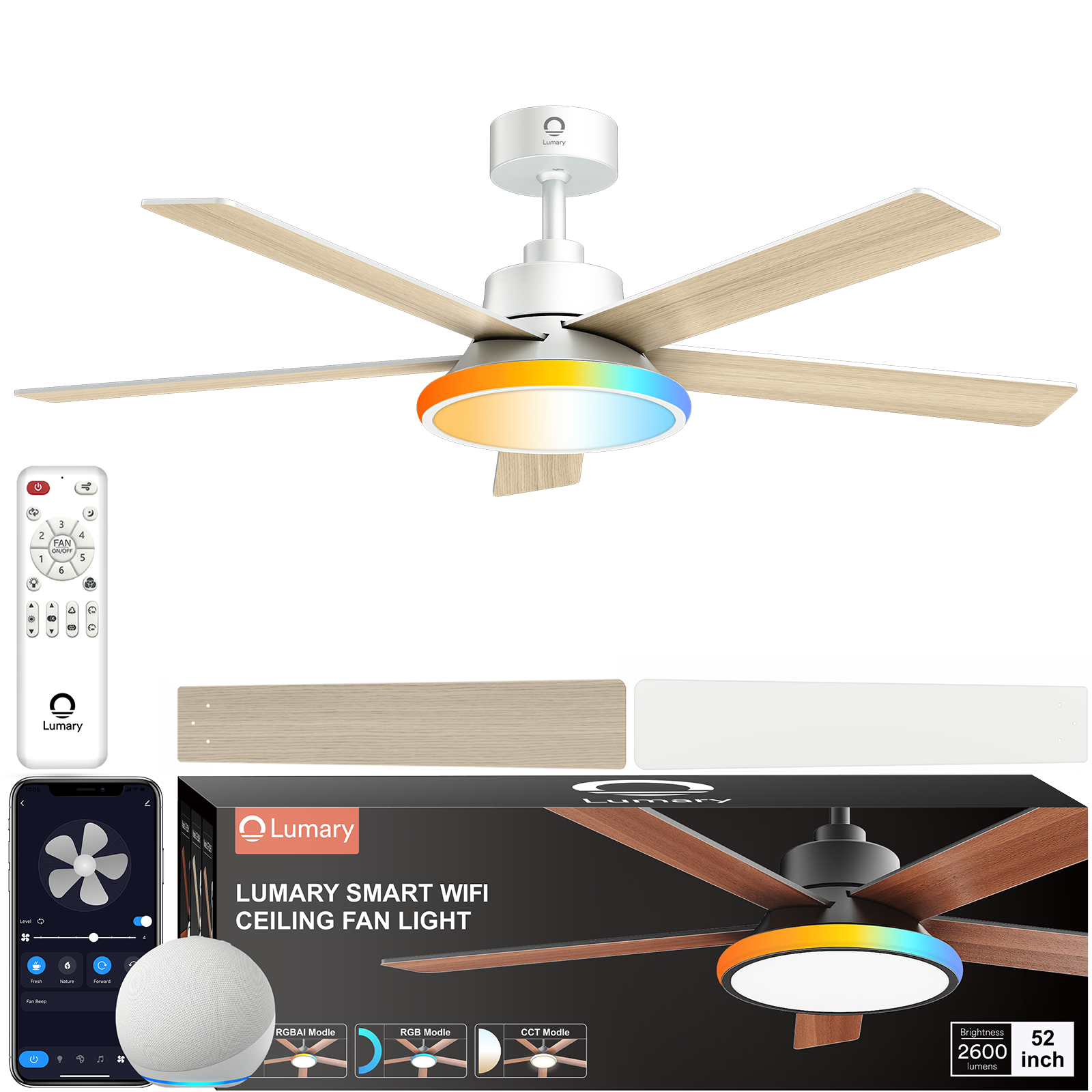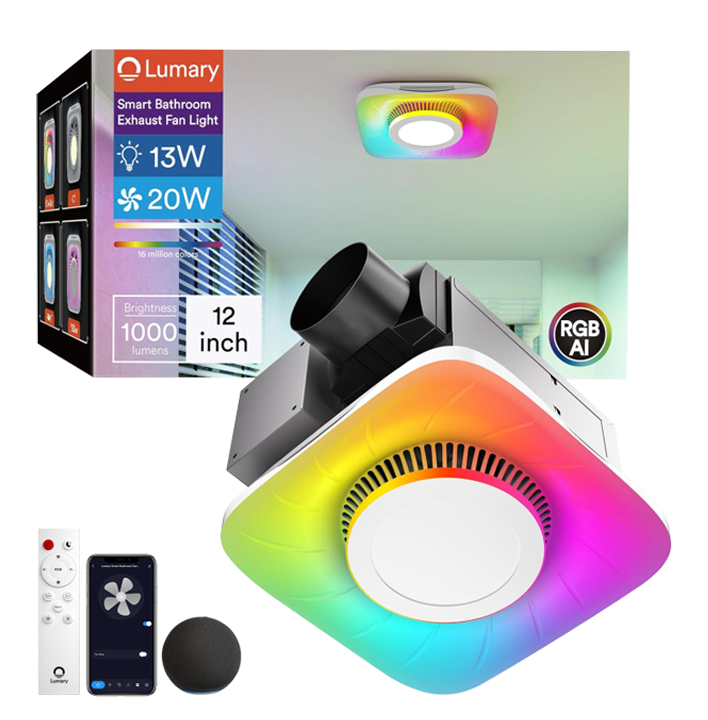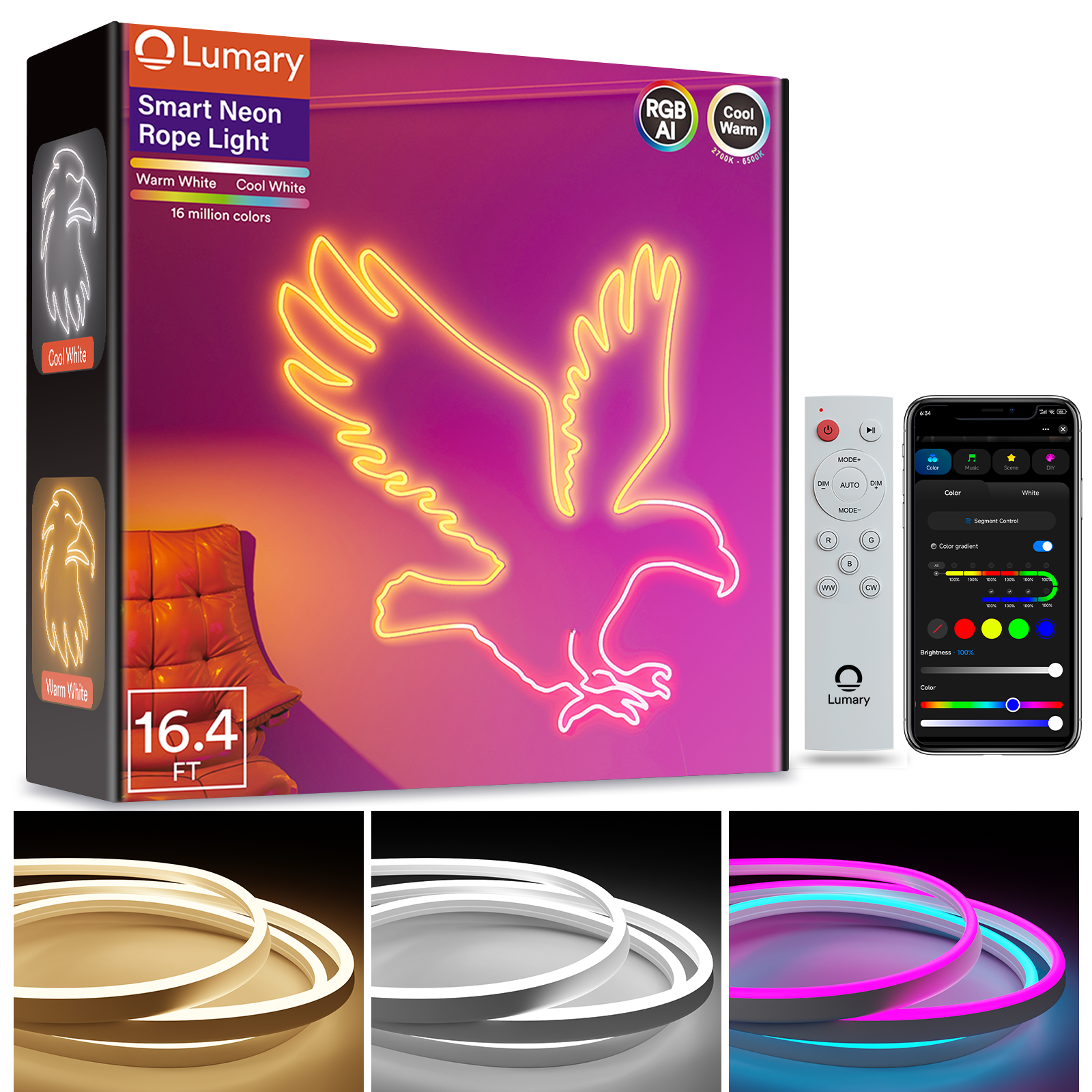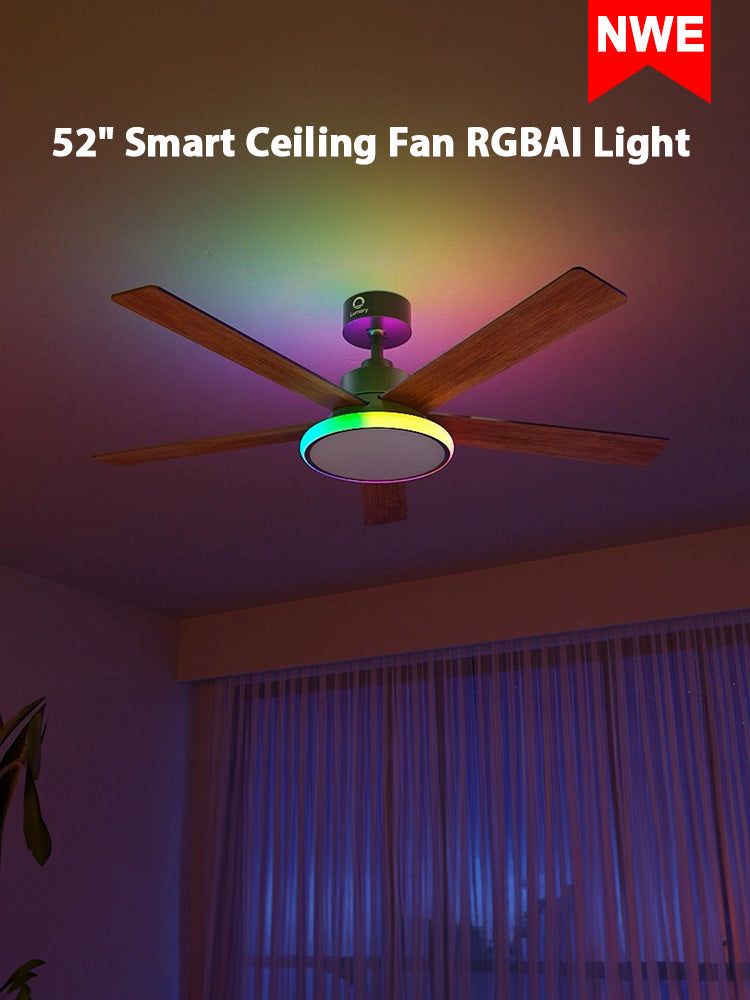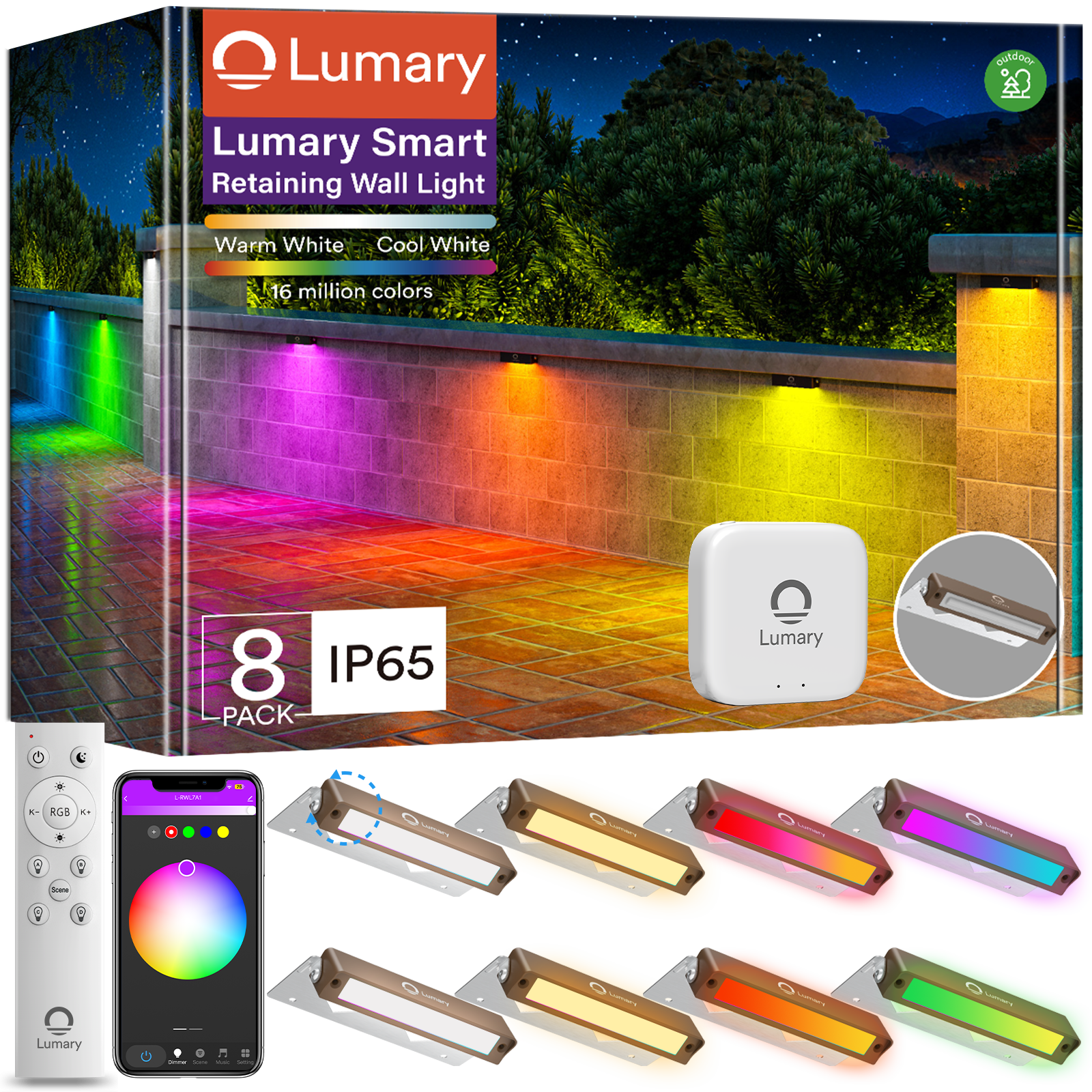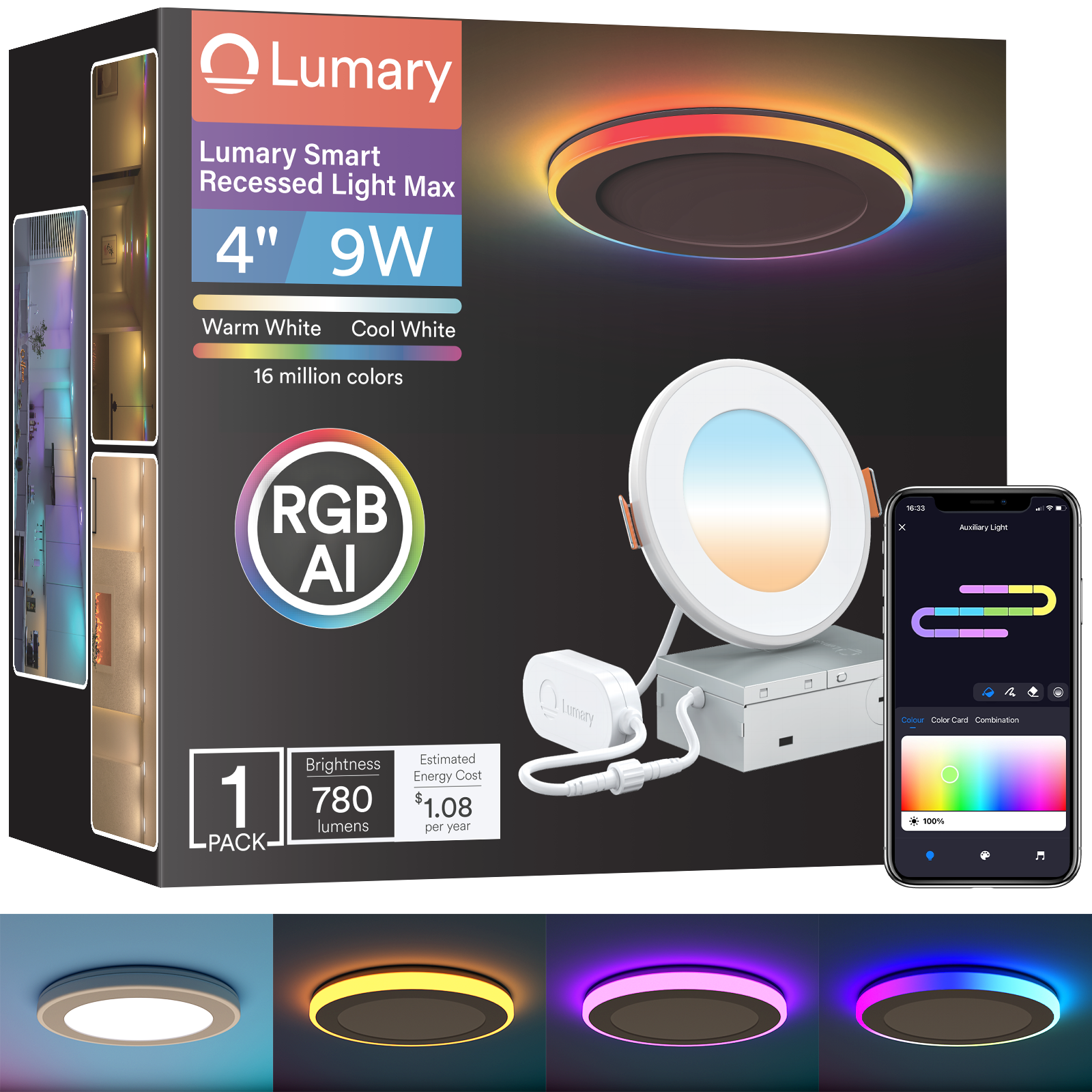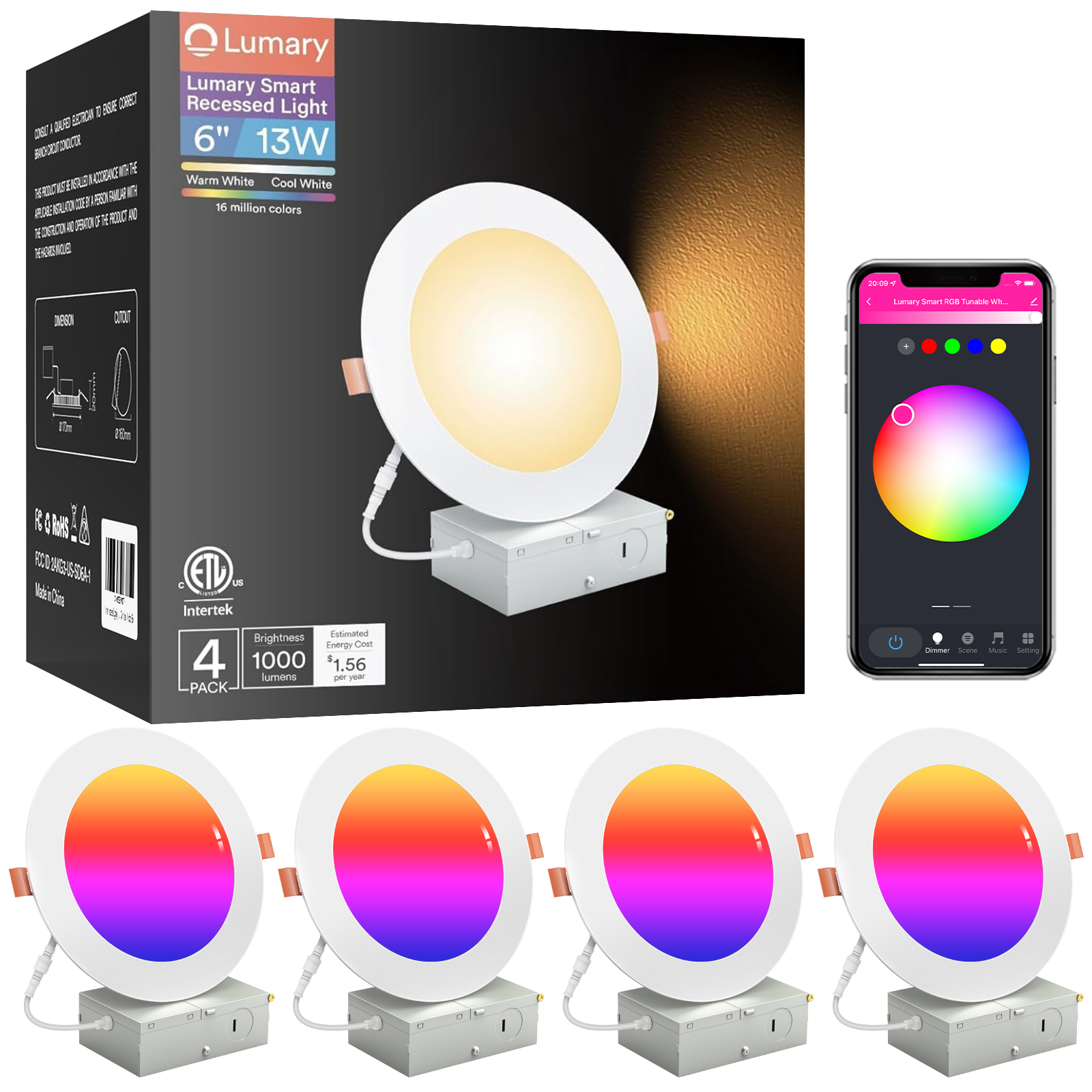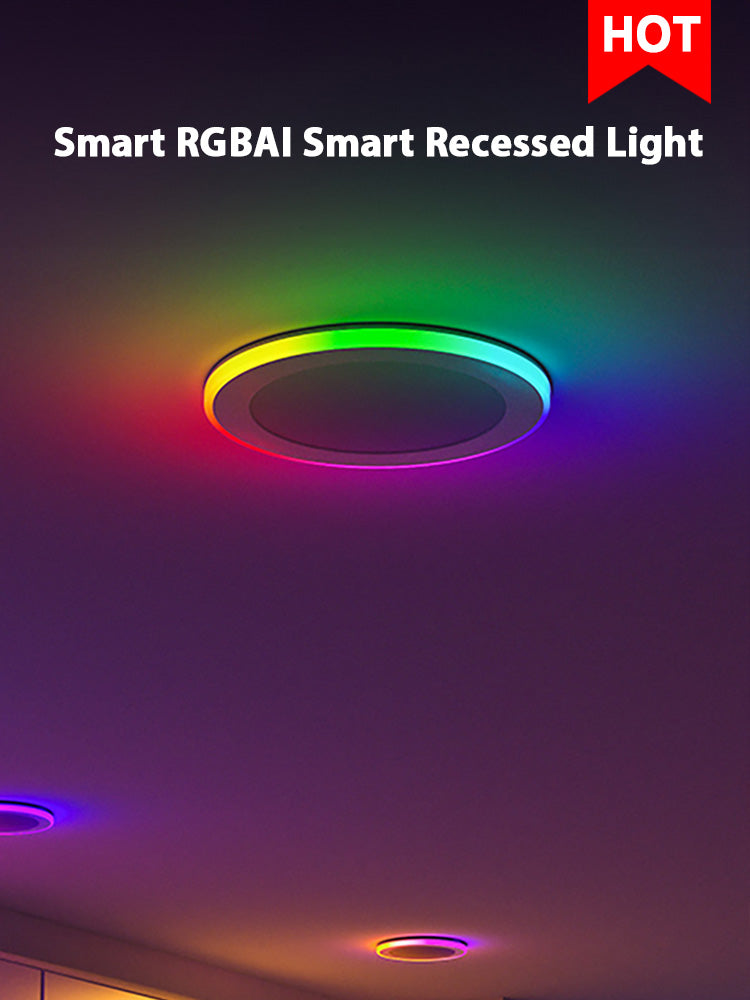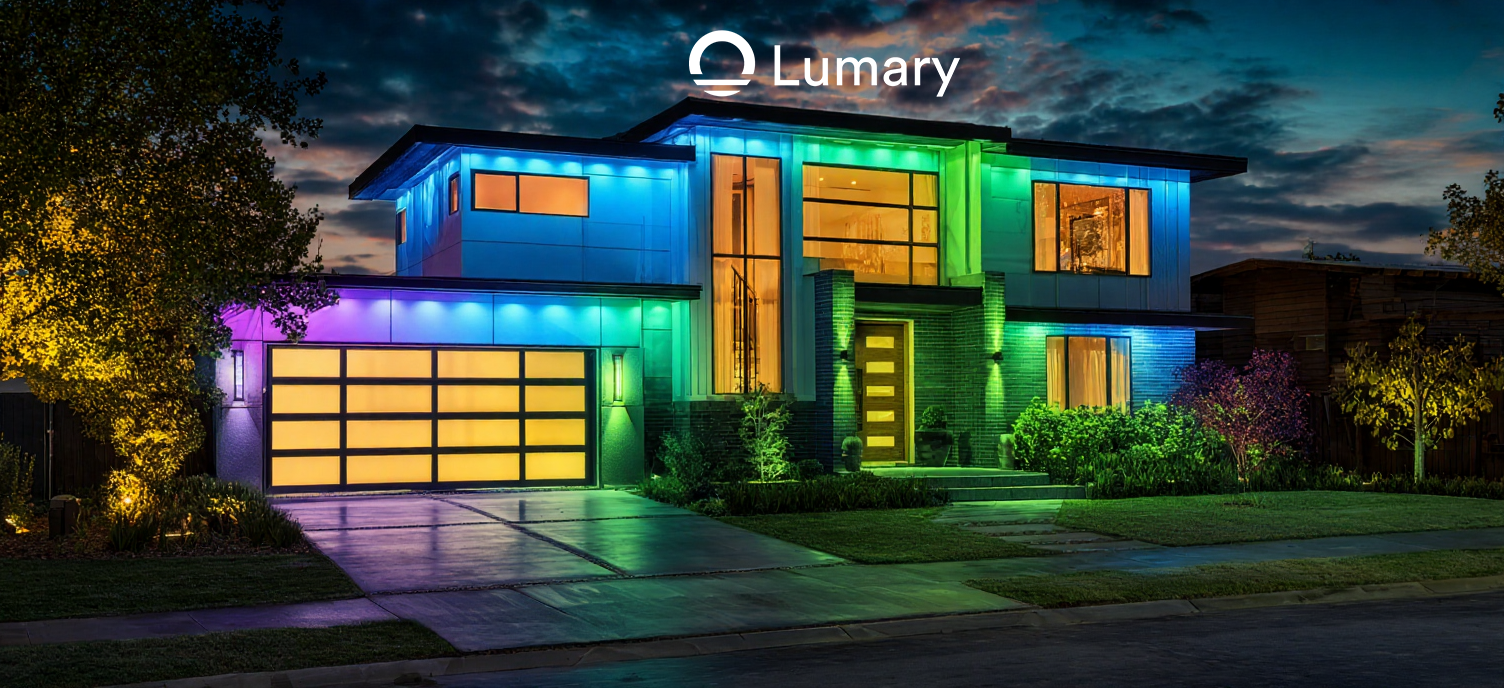Have you ever wondered how to remove a recessed light without damaging your ceiling or risking your safety? It’s easier than you might think when you follow the right steps. With a few tools and some basic precautions, you’ll have that fixture out in no time. Let’s get started!
Key Takeaways

-
Always turn off the power at the circuit breaker and confirm it's off with a voltage tester before starting any work. This step is crucial for your safety.
-
Use the right tools, including screwdrivers, wire strippers, and safety gear, to ensure a smooth and safe removal process. Being prepared can save you time and prevent accidents.
-
Work slowly and carefully to avoid damaging the ceiling or fixture. If the fixture feels stuck, use a utility knife to cut through any seals and a putty knife to gently pry it loose.
Tools and Materials Needed
Essential Tools for Removing a Recessed Light
Before you get started, make sure you have the right tools on hand. Having everything ready will save you time and make the process smoother. Here’s what you’ll need:
-
Screwdrivers: Keep both Phillips and flathead screwdrivers nearby. You’ll use these to loosen screws holding the fixture or trim in place.
-
Voltage Tester: This is a must-have for safety. Use it to confirm the power is off before you touch any wires.
-
Wire Strippers: These make it easy to remove insulation from wires if you need to disconnect or reconnect them.
-
Pliers: Perfect for gripping and twisting wires securely.
-
Utility Knife: Use this to cut through any material, like paint or caulk, that might be sealing the fixture.
-
Ladder or Step Stool: A sturdy ladder or step stool will help you reach the ceiling comfortably.
-
Safety Gear: Don’t skip this! Safety goggles protect your eyes from falling debris, and gloves keep your hands safe from sharp edges.
Having these tools ensures you’re prepared for every step of the process.
Optional Tools for Troubleshooting and Cleanup
Sometimes, things don’t go as planned. That’s where optional tools come in handy. A flashlight can help you see inside tight spaces, especially if your workspace isn’t well-lit. If the fixture is stuck, a putty knife can gently pry it loose without damaging the ceiling. For cleanup, keep a small vacuum or dustpan nearby to collect debris.
These extras aren’t always necessary, but they can make the job easier if you run into challenges.
Safety Precautions
Turning Off Power at the Circuit Breaker
Before you do anything, turn off the power at the circuit breaker. This step isn’t just a suggestion—it’s a must for your safety. Working on a live circuit can lead to electric shock or even fire hazards. Here’s why this step is so important:
-
OSHA standards require circuits to be de-energized before any work begins to protect against electric shock.
-
The NFPA 70E standard emphasizes electrical safety, ensuring you stay safe while handling wires.
-
Section 1926.416(a)(1) states that no one should work near a power circuit unless it’s turned off and grounded.
Take a moment to locate your breaker box and switch off the circuit connected to the recessed light. Label it if needed to avoid confusion later.
Tip: If you’re unsure which breaker controls the light, turn off the main power to your home for complete peace of mind.
Using a Voltage Tester to Confirm Power is Off
After flipping the breaker, don’t assume the power is off—confirm it with a voltage tester. A non-contact voltage tester is quick and easy to use. Just hold it near the wires, and it’ll alert you if the circuit is live.
However, these testers can sometimes give false readings. For extra safety, use a direct-contact tester to double-check. This ensures the circuit is completely de-energized before you start working.
Note: Never skip this step. It’s better to spend a few extra seconds testing than to risk an accident.
Wearing Protective Gear
Protective gear is your best friend when working with electrical fixtures. Here’s what you should wear:
-
Insulated Gloves: These shield your hands from electric shocks and burns.
-
Safety Glasses: Keep your eyes safe from falling debris or sparks.
-
Arc Flash Protection: This gear protects you from burns caused by sudden electrical discharges.
If you’re working in a high-risk environment, consider using an electrical safety kit. It includes all the essentials to keep you safe.
Reminder: Even if you’re confident in your skills, always wear protective gear. It’s a simple way to prevent injuries.
Preventing Damage to the Ceiling or Fixture

Removing a recessed light can sometimes damage the ceiling or the fixture itself. To avoid this, work slowly and carefully. Use a utility knife to cut through any paint or caulk sealing the trim. This prevents the ceiling from chipping when you pull the fixture out.
If the fixture feels stuck, don’t force it. Use a putty knife to gently loosen it. This reduces the risk of cracking the ceiling or bending the fixture.
Pro Tip: Keep a small vacuum handy to clean up dust or debris as you work. It’ll make the process smoother and less messy.
By following these precautions, you’ll ensure a safe and damage-free removal process. Safety first, always!
How to Remove a Recessed Light
Step 1: Turn Off Power and Confirm It’s Off
Before you begin, make sure the power is completely off. Here’s how to do it safely:
-
Locate your electrical panel and switch off the circuit breaker controlling the recessed light.
-
Use a voltage tester to confirm there’s no electrical current. Place the tester near the wires or the fixture to double-check.
Tip: Never rely on just flipping the light switch. Always confirm with a voltage tester to avoid accidents.
Step 2: Remove the Light Bulb and Trim
Once the power is off, it’s time to remove the bulb and trim. Follow these steps:
-
Wear protective gloves and safety glasses to protect yourself from broken glass or debris.
-
If the bulb is stuck, try the duct tape method. Wrap duct tape around the bulb to create a handle, then twist it counterclockwise.
-
For recessed trims, gently pull them down. If they’re sealed with paint or caulk, use a utility knife to cut through the seal.
Dispose of any broken glass or debris carefully to keep your workspace safe.
Step 3: Release or Unscrew the Fixture
Recessed light fixtures are often secured with spring clips or screws. Here’s how to release them:
-
If your fixture uses spring clips, press the clips inward to release the fixture.
-
For screw-secured fixtures, use a screwdriver to loosen the screws.
Pro Tip: Keep a container nearby to store screws and small parts. This prevents losing anything important during the process.
Step 4: Disconnect the Wires Safely
Now, you’ll need to disconnect the wires connecting the fixture to your home’s circuit.
-
Use a voltage tester again to confirm the wires are not live.
-
Unscrew the wire nuts and gently pull the wires apart.
-
Keep the wires organized for easier reinstallation later.
Reminder: Handle the wires carefully to avoid damaging them.
Step 5: Remove the Fixture from the Ceiling
Finally, remove the fixture completely. Use a sturdy ladder or step stool to reach the ceiling comfortably. Lay down a drop cloth to catch any debris. Gently pull the fixture out of the ceiling, being mindful of sharp edges.
Safety Tip: Always wear gloves to protect your hands and avoid injury.
By following these steps, you’ll know exactly how to remove a recessed light safely and efficiently.
Troubleshooting Tips
Removing a Stuck Fixture
Sometimes, recessed light fixtures can feel like they’re glued in place. Don’t worry—it’s a common issue. First, check if paint or caulk is sealing the trim. Use a utility knife to carefully cut through the seal. This should loosen the fixture enough to pull it down.
If the fixture still won’t budge, grab a putty knife. Slide it gently between the trim and the ceiling. Work your way around the edges to release it without causing damage. For particularly stubborn fixtures, try wiggling the trim slightly while applying gentle downward pressure. Patience is key here. Forcing it could damage the ceiling or the fixture itself.
Handling Damaged Wires
Damaged wires can be a safety hazard, but you can handle them with care. Start by inspecting the wires after removing the fixture. Look for frayed insulation, exposed copper, or burn marks. If you spot any issues, don’t panic.
Use electrical tape to cover small nicks or exposed areas. For more severe damage, you’ll need to cut the damaged section and strip the insulation from the ends of the remaining wire. Then, use wire connectors to join the wires securely. If you’re unsure about handling damaged wires, it’s always a good idea to call a licensed electrician. Safety comes first!
Fixing Ceiling Damage During Removal
Removing canned light fixtures can sometimes leave behind unsightly ceiling damage. Fixing it is easier than you might think. If the hole is uneven or too large, consider knocking out a slightly bigger hole and patching it with a new piece of drywall.
For added support, insert thin wooden strips above the hole’s edge. Secure these strips with screws through the drywall. Once the structure is stable, use hardening spackle to fill any gaps and smooth out the edges. After the spackle dries, sand it down until it’s flush with the ceiling. This creates a clean surface for reinstalling the fixture or painting over the repair.
Tip: Always keep a drop cloth handy to catch debris while working on ceiling repairs. It’ll save you time during cleanup!
By following these tips, you’ll tackle common issues like stuck fixtures, damaged wires, and ceiling repairs with confidence.
Removing a recessed light fixture doesn’t have to be intimidating. With the right tools and safety steps, you can handle it confidently. If you face challenges like sagging trim or blinking lights, don’t hesitate to call a professional. It’s always better to stay safe than risk electrical hazards. You’ve got this!
FAQ
What should I do if the recessed light fixture doesn’t come out easily?
If it’s stuck, check for paint or caulk sealing it. Use a utility knife to cut through the seal. Gently wiggle the fixture to loosen it.
Tip: Avoid forcing the fixture. Use a putty knife to prevent ceiling damage.
Can I reuse the recessed light fixture after removing it?
Yes, you can! Inspect it for damage first. If it’s in good condition, reinstall it or use it in another location.
Note: Ensure the wires and clips are intact before reusing.
How do I know which circuit breaker controls the recessed light?
Turn the light on. Flip breakers one by one until the light turns off. Label the breaker for future reference.
Pro Tip: Use a helper to speed up the process.


